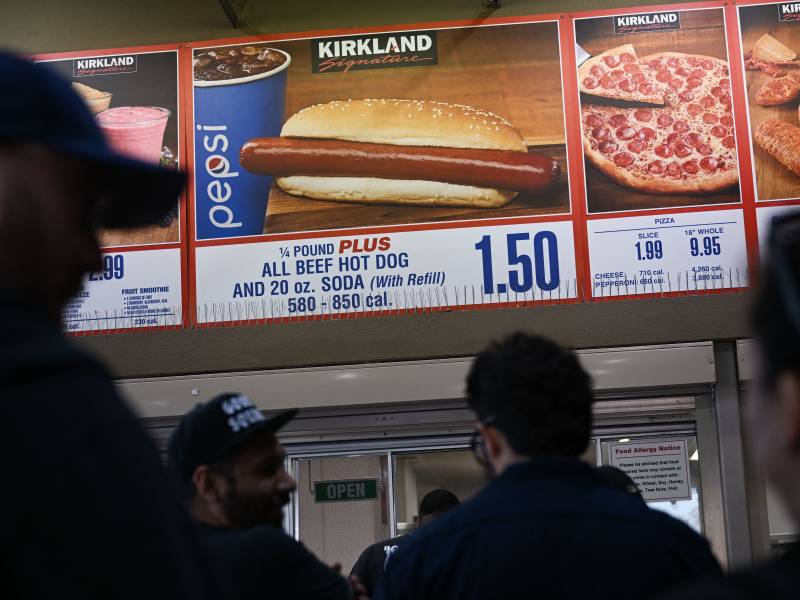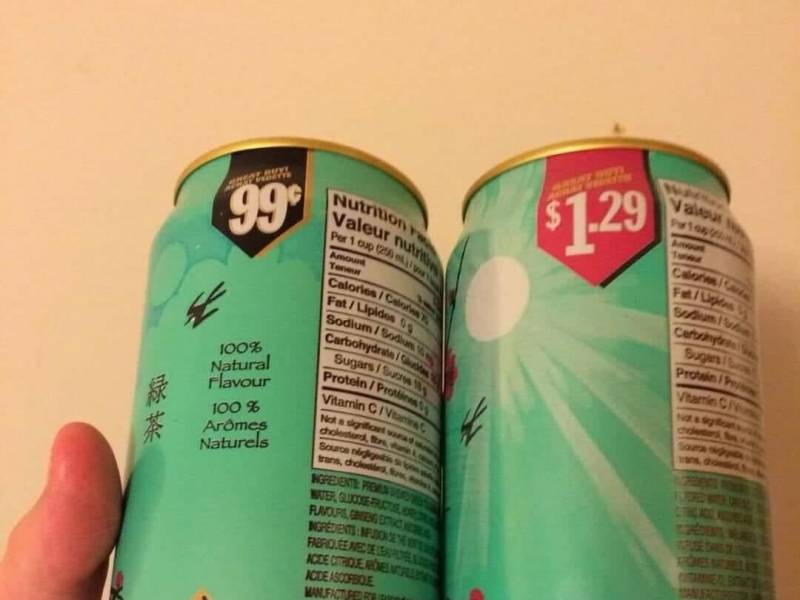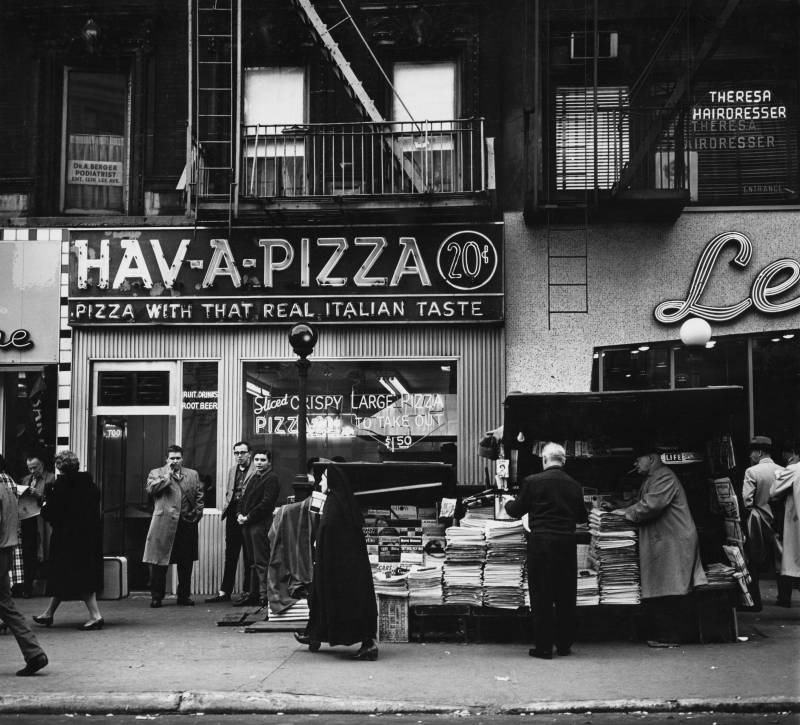Earlier this month, an image went viral suggesting the unthinkable had finally happened: AriZona Iced Tea had fallen victim to soaring inflation, and raised their long-held price for a 23oz can of tea from 99 cents to $1.29.
It’s not true—that’s just the price in Canadian dollars.
Still, while the AriZona alarm bells may be disarmed this time around, inflation in the U.S. continues to put many people in an unprecedented budget crunch. And with supply chain issues stemming from the war in Ukraine, expensive labor and fuel, and material shortages, the questions remain: Why are some companies sticking with fixed-price items, and how much longer can they hold out?
Why do the $1 deals stick around?
One key indicator to the sustainability of these deals is how steadily companies can maintain the volume and consistency of their customers walking through doors, ready to spend.
Take Costco’s famous hotdog meal, so emblematic of the business that founder Jim Sinegal once threatened the company CEO, saying, “If you raise the [price of the] effing hot dog, I will kill you.” Since 1985, the wholesale membership club has offered a beef hotdog with a refillable 20oz soda for just $1.50.

According to David Ortega, a food economist and associate professor at Michigan State University, this price is nowhere in line with inflation, and should actually cost around $4. But the store is still able to extract value from the deal.


9(MDAxOTAwOTE4MDEyMTkxMDAzNjczZDljZA004))

